Forums
- Forums
- Duggy's Reference Hangar
- RAF Library
- Thunderbolt I & II's
Thunderbolt I & II's
Post a reply
- Go to Previous topic
- Go to Next topic
- Go to Welcome
- Go to Introduce Yourself
- Go to General Discussion
- Go to Screenshots, Images and Videos
- Go to Off topic
- Go to Works in Progress
- Go to Skinning Tips / Tutorials
- Go to Skin Requests
- Go to IJAAF Library
- Go to Luftwaffe Library
- Go to RAF Library
- Go to USAAF / USN Library
- Go to Misc Library
- Go to The Ops Room
- Go to Made in Germany
- Go to Campaigns and Missions
- Go to Works in Progress
- Go to Juri's Air-Raid Shelter
- Go to Campaigns and Missions
- Go to Works in Progress
- Go to Skinpacks
- Go to External Projects Discussion
- Go to Books & Resources
-
10 years agoFri Sep 05 2025, 05:40pmDuggy
 Main AdminFor the British during the Second World War, the area of operations which covered Burma, Malaya and India (which covered part of the US CBI ? China, Burma, India Theater of Operations) was a vital area in terms of British Imperial defence, yet sadly neglected. The loss of the fortress of Singapore, as well as Malaya and the sinking of the two capital ships, the battleship HMS Prince of Wales and the battlecruiser HMS Repulse, by Japanese airpower on the 10th of December, 1941, was just a foretaste of a savage assault by the Japanese Army in Burma, aiming to crush Imperial and Chinese Forces and invade India.
Main AdminFor the British during the Second World War, the area of operations which covered Burma, Malaya and India (which covered part of the US CBI ? China, Burma, India Theater of Operations) was a vital area in terms of British Imperial defence, yet sadly neglected. The loss of the fortress of Singapore, as well as Malaya and the sinking of the two capital ships, the battleship HMS Prince of Wales and the battlecruiser HMS Repulse, by Japanese airpower on the 10th of December, 1941, was just a foretaste of a savage assault by the Japanese Army in Burma, aiming to crush Imperial and Chinese Forces and invade India.
Because of the emphasis on the defeat of Germany by the Allies ? both in North Africa, then in Europe ? and the huge distances involved, with both German and Japanese naval and aviation assets threatening Allied merchant ships, the lack of good equipment was evident right from the start of the campaign. It was not for nothing that the British 14th Army in Burma ? commanded by Lieutenant General William Slim ? was known as ?The Forgotten Army?.
The Royal Air Force had to make do with what it had at the start of the campaign, plus whatever could make it through the submarine screens of both the German and Japanese Navies, or over the long ?air bridge? from Europe or the United States. Consequently, the Brewster Buffalo, which had been rejected for European service, was sent to Malaya and Burma and slaughtered by the Oscars and Zeros. The Curtiss Hawk 75, which the RAF called the Mohawk, soldiered on in the role of fighter-bomber until 1944, and the Hawker Hurricane grew long in the tooth in this theater of operations. Spitfires (usually the Mk VIII or Mk XIV) were both rare, and without the long-range needed to cover the immense distances involved, to escort RAF Liberator strikes, for example. The South East Asia Command (SEAC) had been formed in August 1943, and its first Supreme Allied Commander was Admiral Lord Louis Mountbatten, the distinguished Royal Navy officer. Despite a difficult political framework, Allied forces began to put up a stout defence on the Indian frontier with Burma, then slowly pushed the Japanese southward.
The Royal Air Force was supplied with a total of 830 P-47Ds. In RAF service, the "razorback" P-47D was known as the Thunderbolt I and the "bubble canopy" P-47D was known as Thunderbolt II. Thunderbolt Is were delivered in two batches--serials FL731 to FL850 and HB962 to HD181. They were delivered to the RAF from the P-47D-22-RE production blocks. The "bubble-topped" Thunderbolt II fighters were from the P-47D-25/-30-RE and the P-47D-30/-40-RA production blocks, and four main batches were delivered--serials HD182 to HD301, KJ128 to KJ367, KL168 to KL347, and KL838 to KL976. A few aircraft in the last two batches were equipped with the dorsal fin strake.
Something had to be done about the fighter bomber situation, and the RAF started taking delivery of the heavy-hitting Republic P-47D. Powered by the 2,300 hp Pratt & Whitney R-2800, and armed with 8 x .5? M2 Browning machineguns and up to 2,000 lb of bombs it was just what the RAF needed. The first unit to convert was No 135 Squadron in September, 1944, and eventually 15 RAF squadrons were flying the big fighter; all of these units converted from the Hurricane Mk IIc. The RAF used what they affectionately called the ?T-Bolt? for escort duties for their B-24 Liberator strikes (No. 134 Squadron specialized in this) and long-range attacks on Japanese airfields and supply dumps. Their usual mode of operation was the ?cab rank? armed patrol, normally armed with three 500 lb bombs. They would be called in to attack a strong point or enemy guns by a forward tactical controller (usually a tour-expired RAF pilot) and keep the Japanese under constant pressure; No 42 Squadron were commended for attacks against enemy 105 mm guns during the advance on Rangoon, the Burmese capital.
Following VJ Day, many of the T-bolt squadrons were quickly disbanded, with only two, Nos 5 and 30 remaining in India to convert to the Hawker Tempest II. Two other units (60 and 81 Sqns.) ended up in Batavia, in what was then the Netherlands East Indies, attacking anti-Government forces during the rebellion there. The very last RAF unit to convert away from the T-bolt was No. 60 Squadron, who transitioned to Spitfires in Singapore, during December, 1946.
There were very few RAF P-47s seen outside of SEAC. The Thunderbolt Operational Training Unit (No. 73 OTU) was a long way away from the area ? but it was at El Feyid, in Egypt! A single Mark I was assembled by Heston Aircraft in England and retained for trials by the RAF?s Aeroplane and Armament Experimental Establishment at Boscombe Down, but in general the RAF did not seem to like the idea of using the big American fighter in Europe.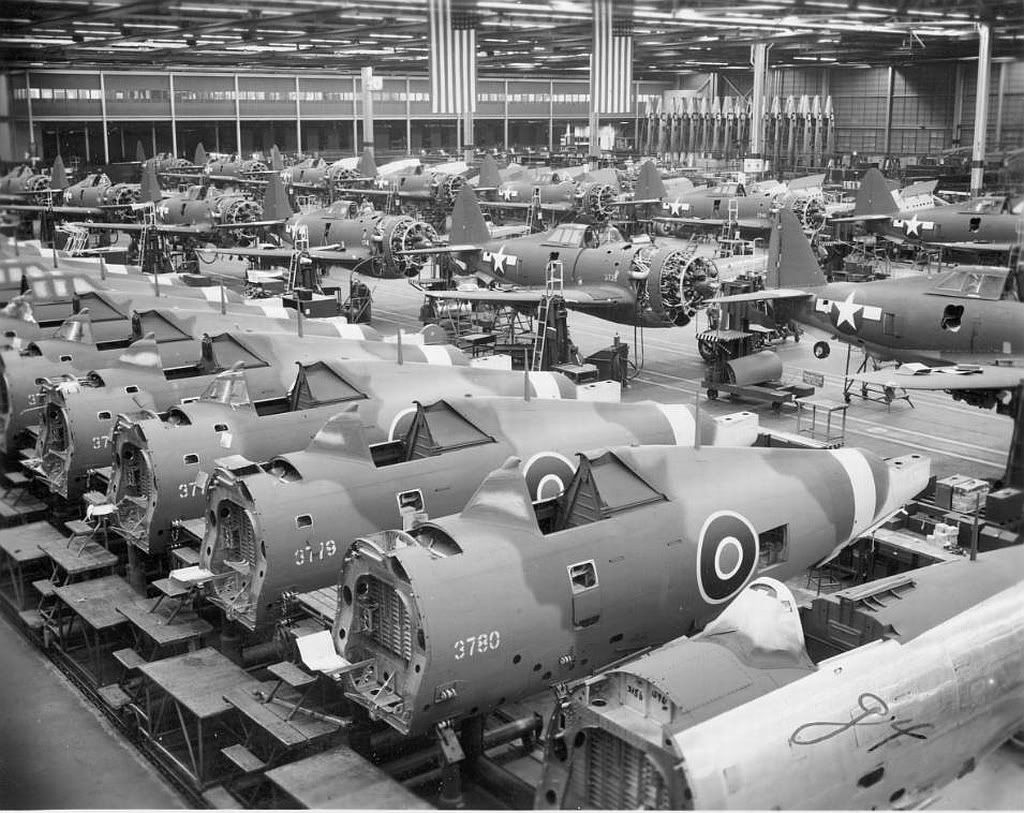
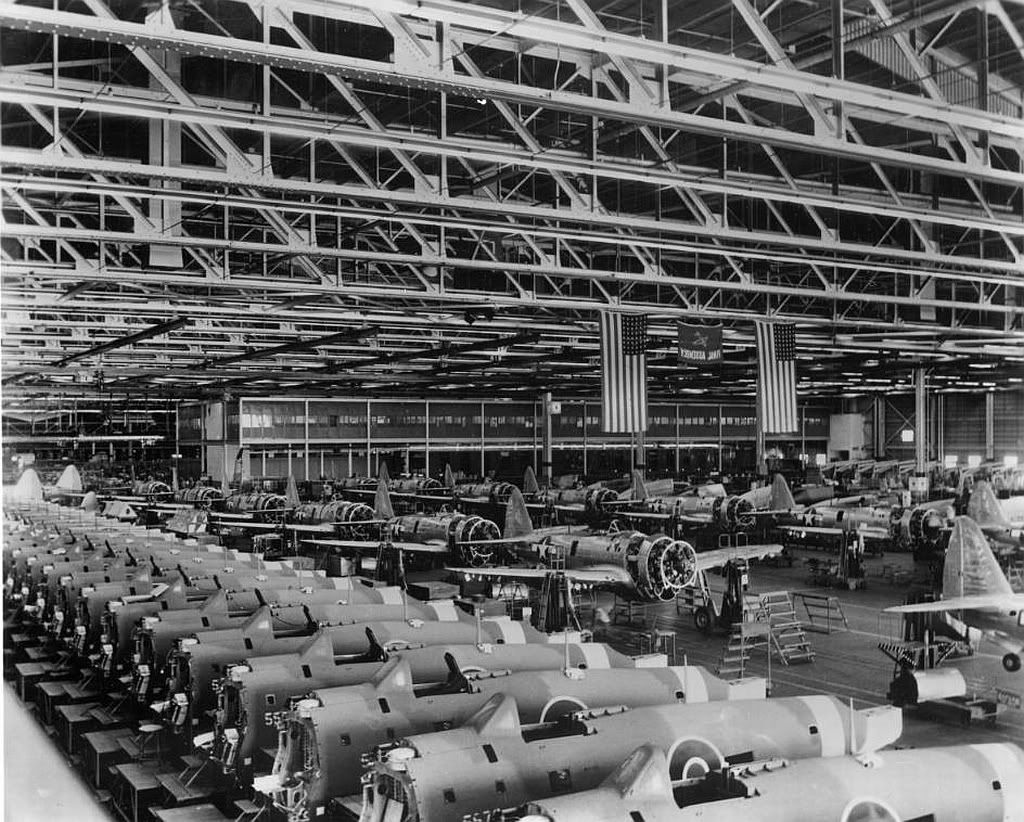
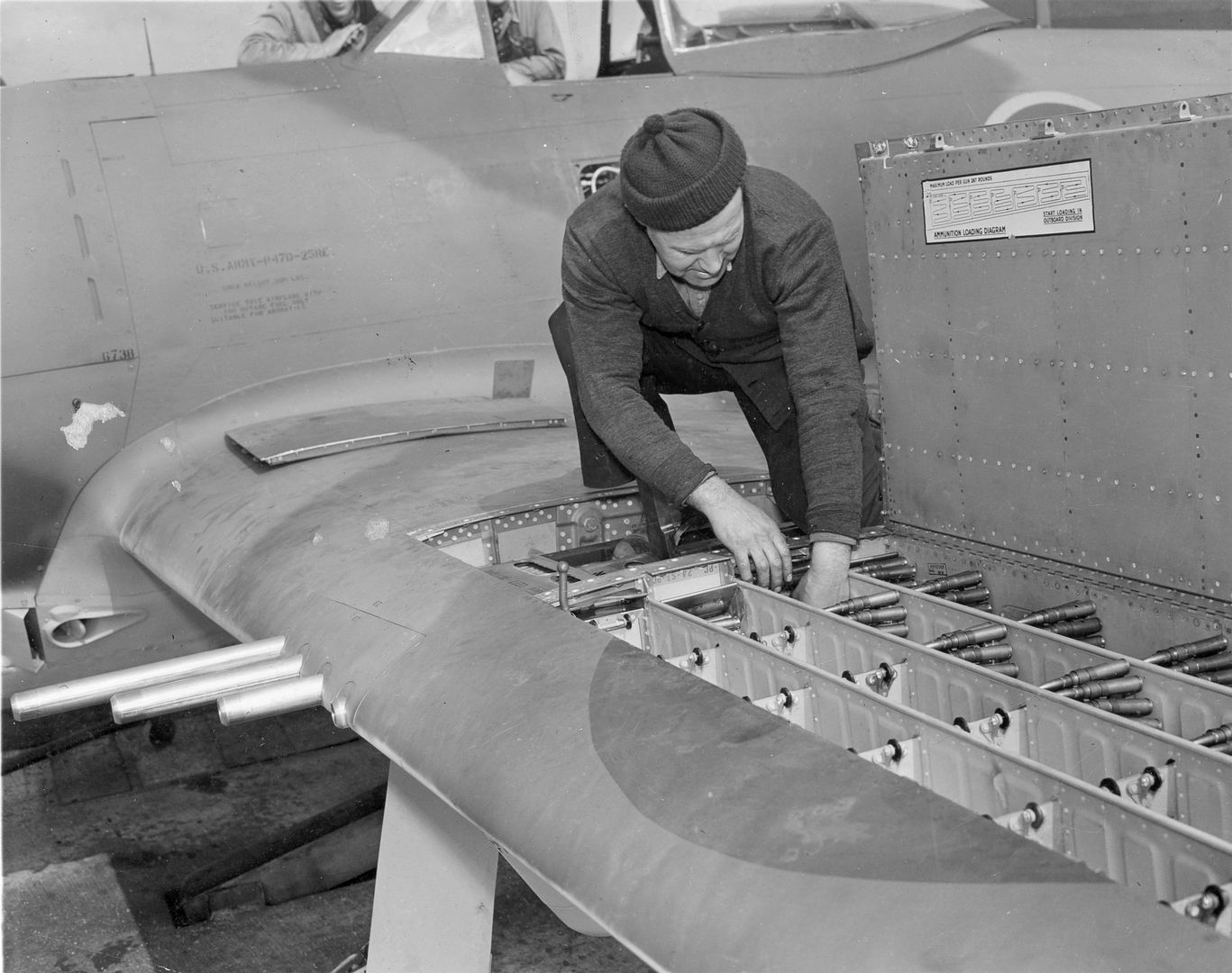
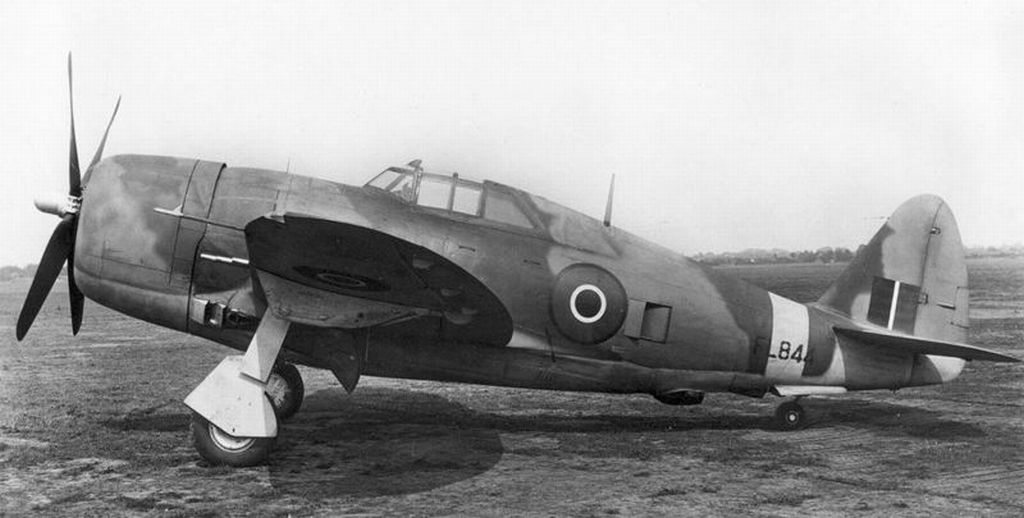
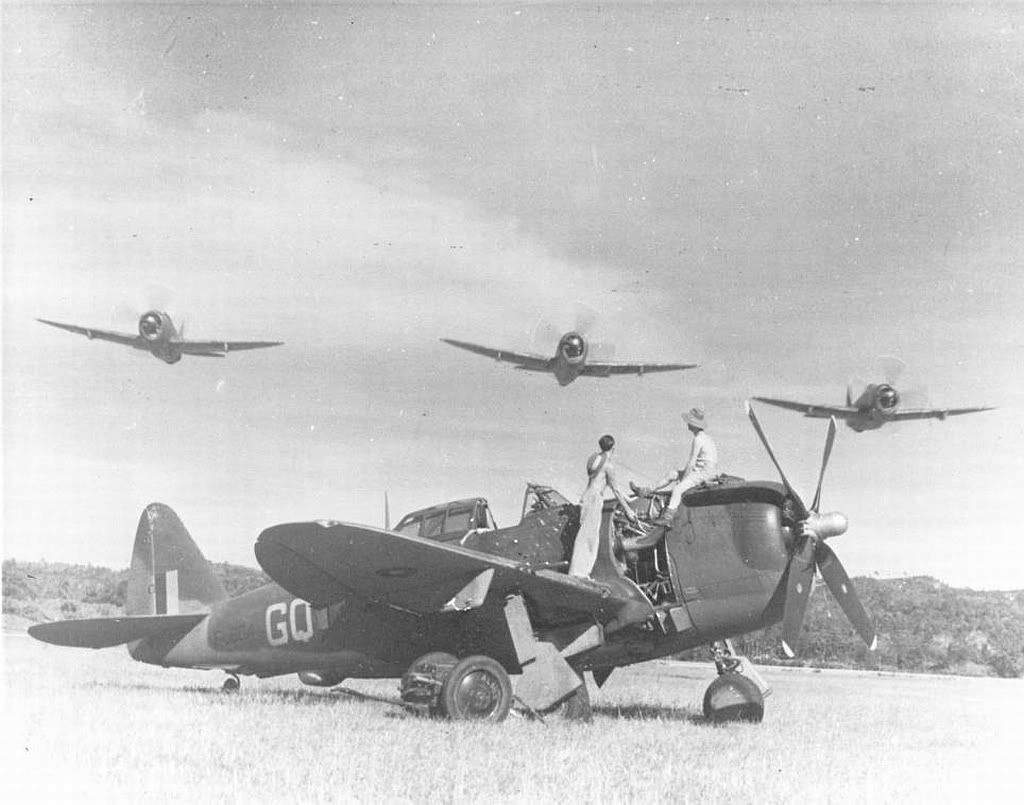
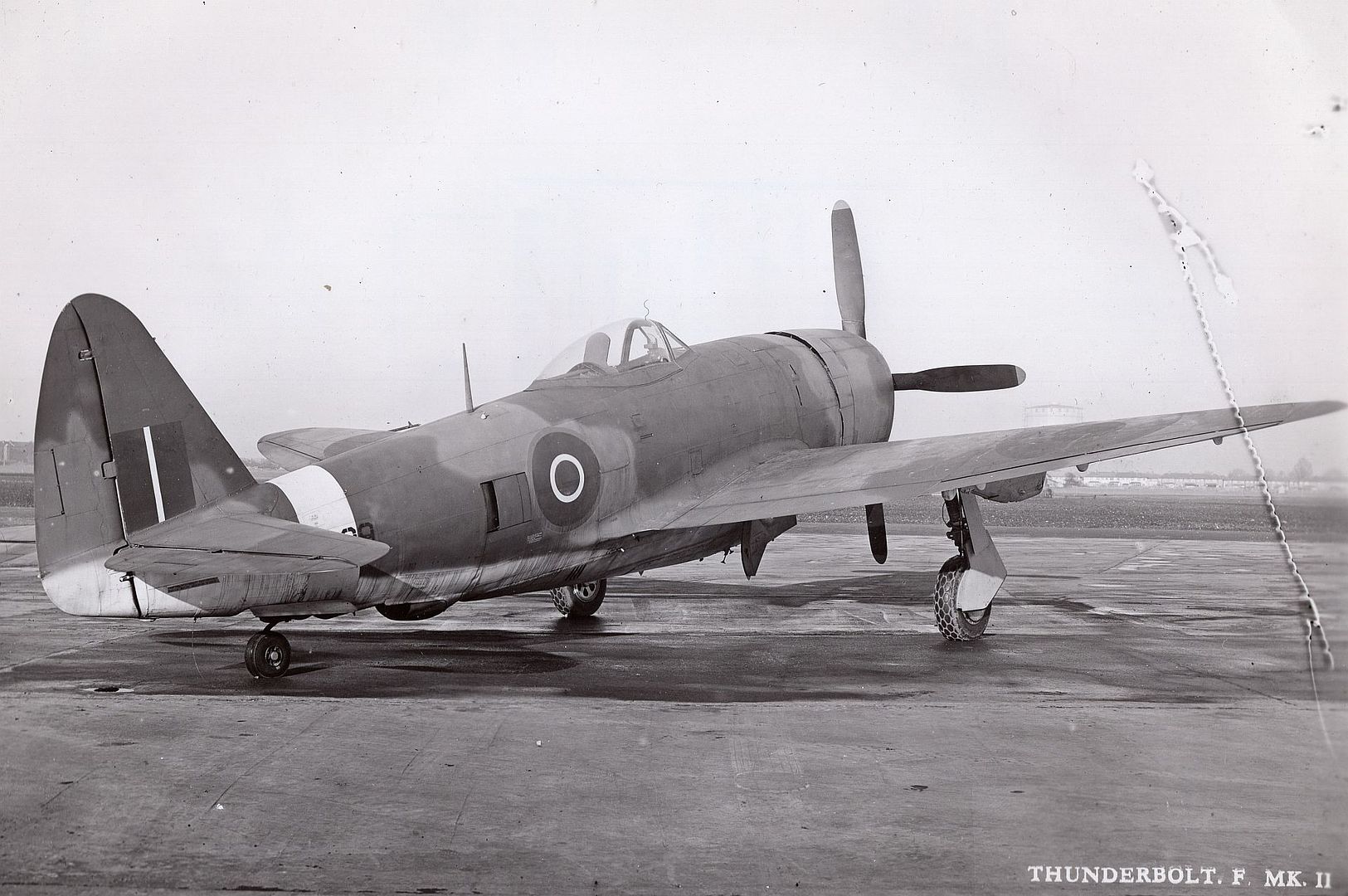
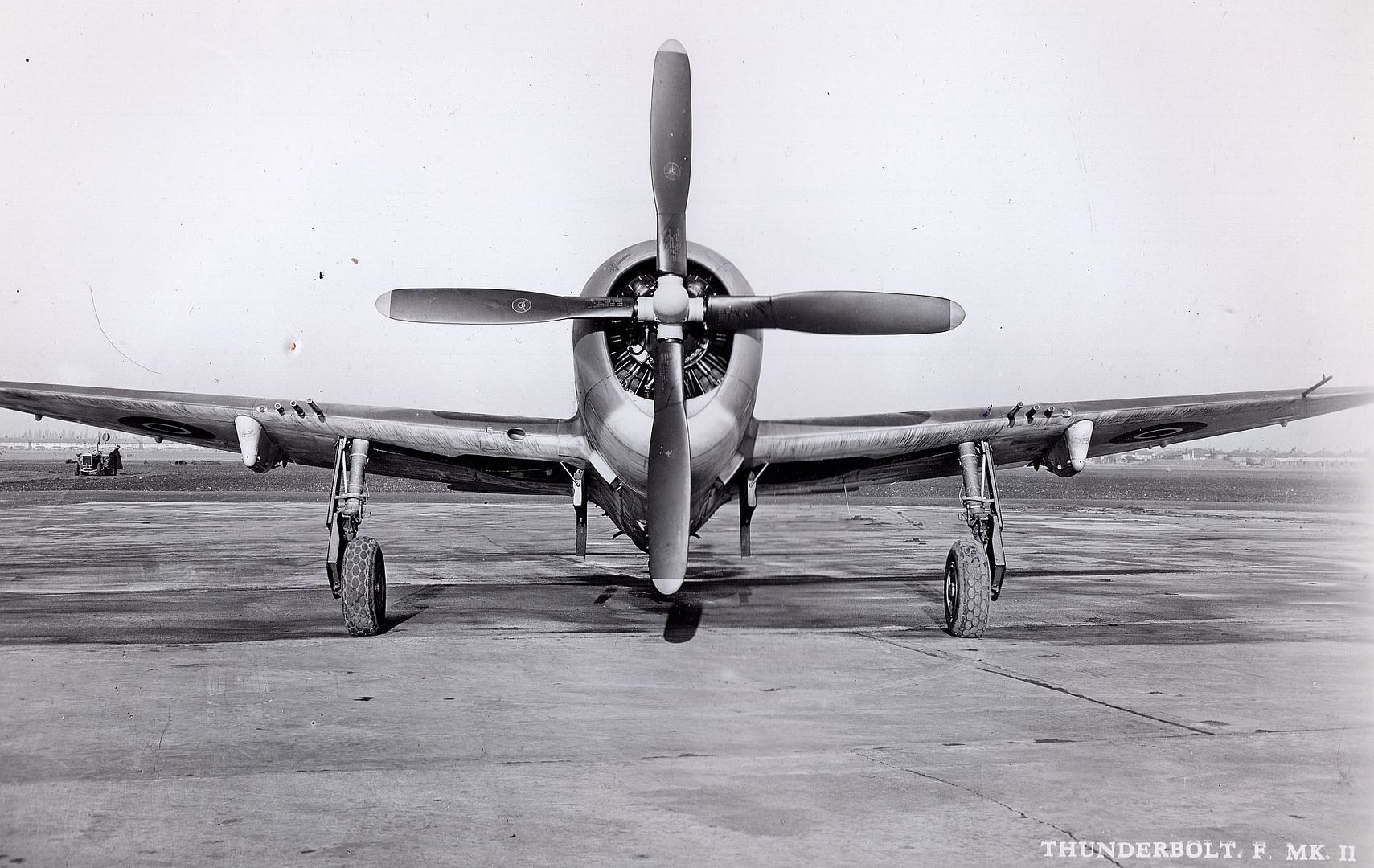
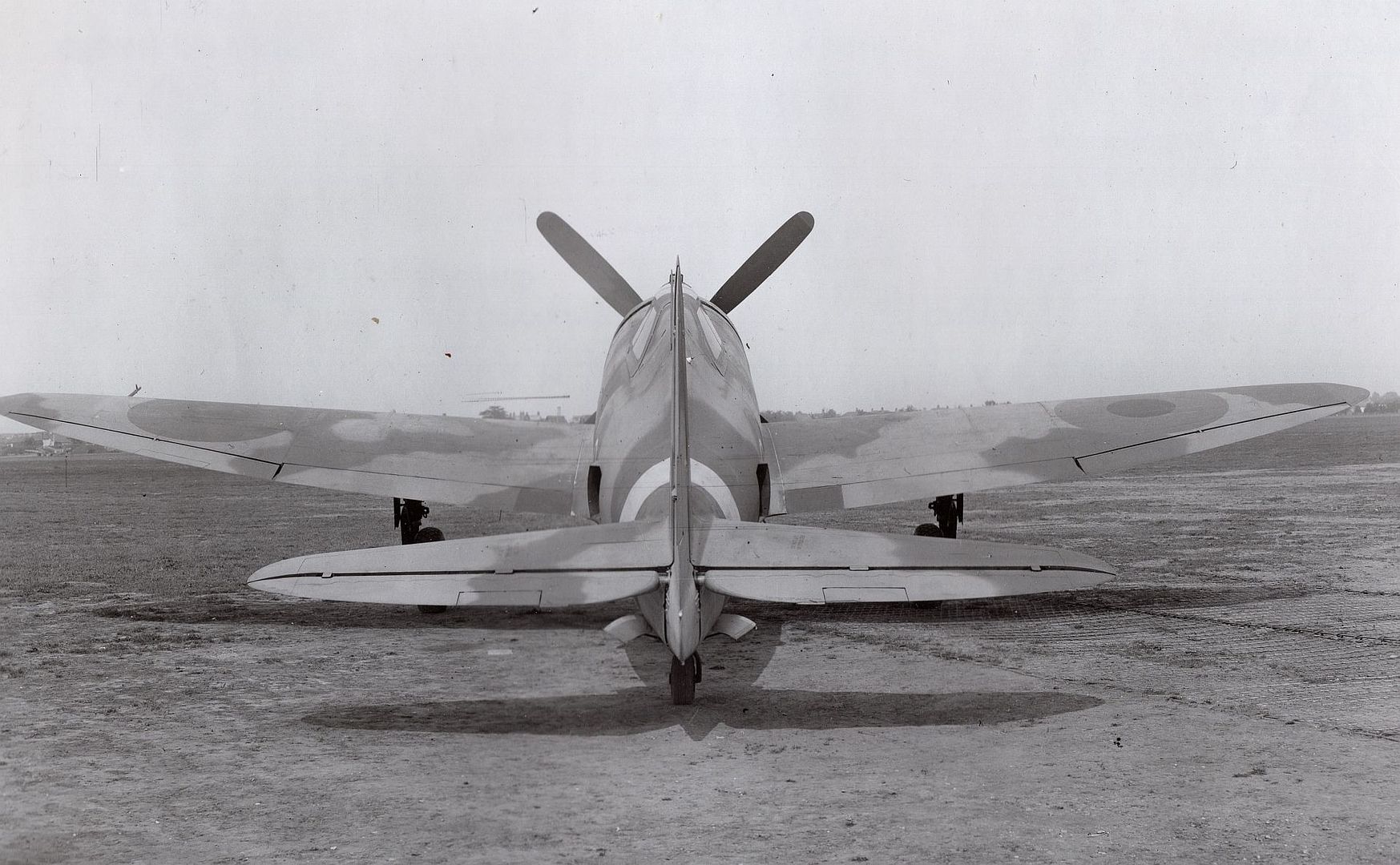
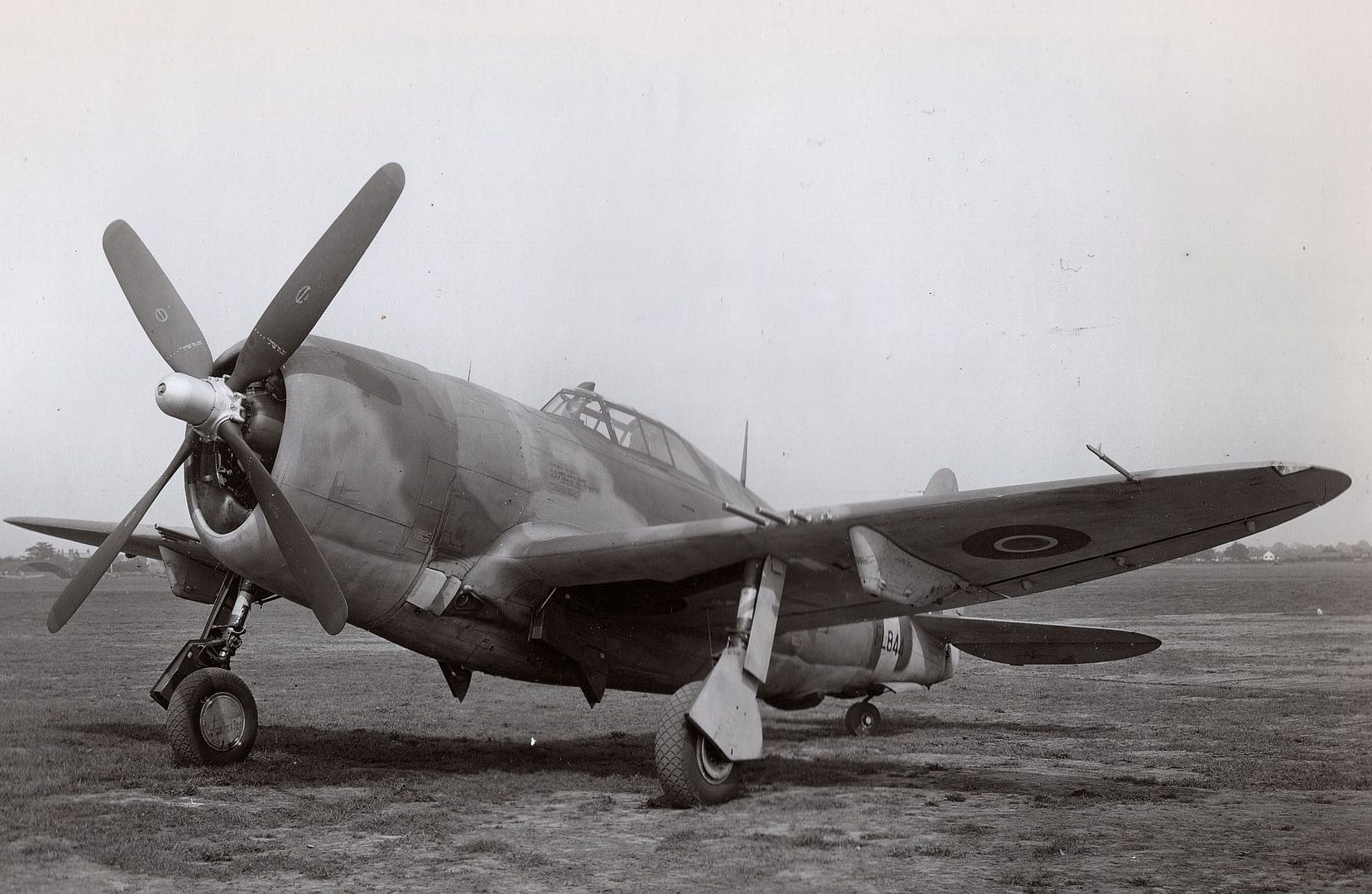

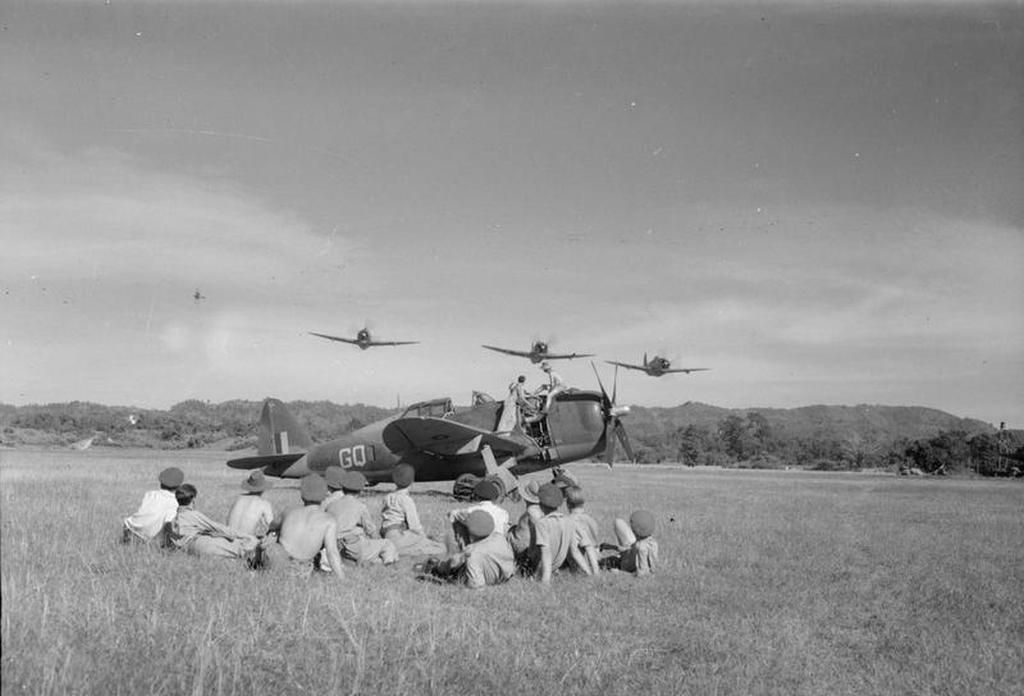



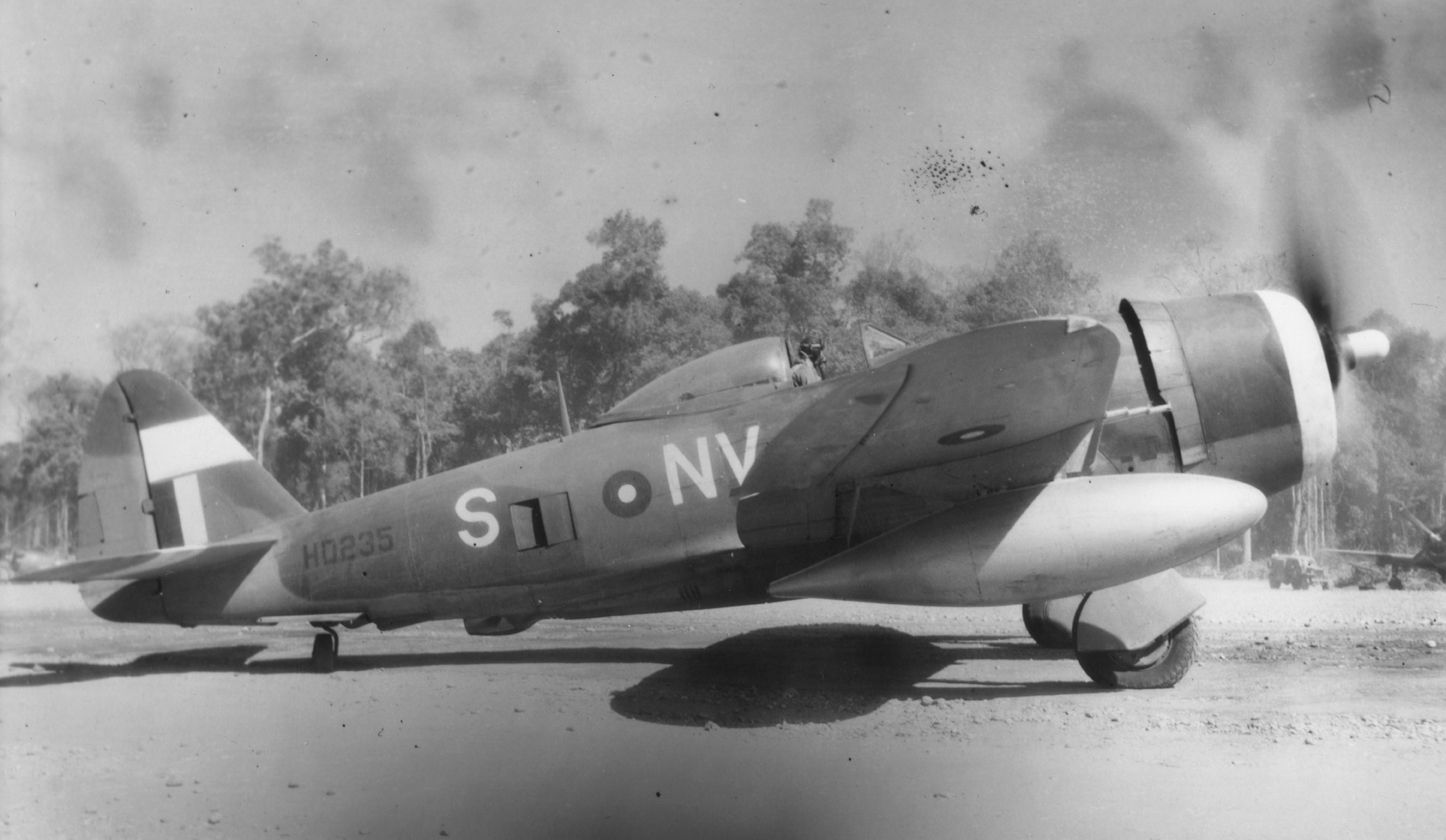
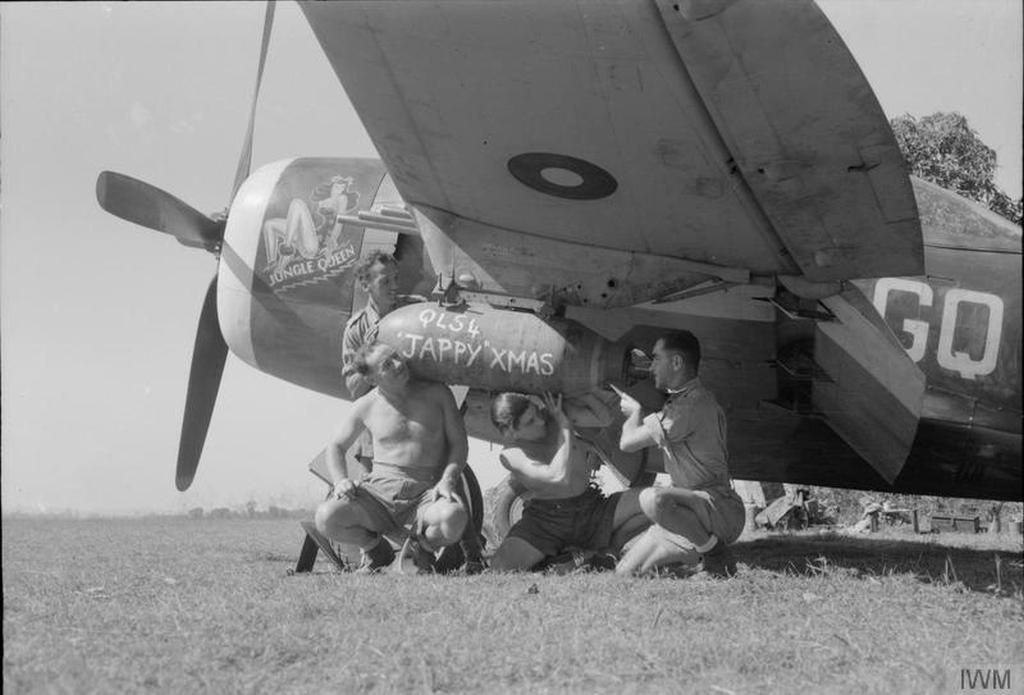
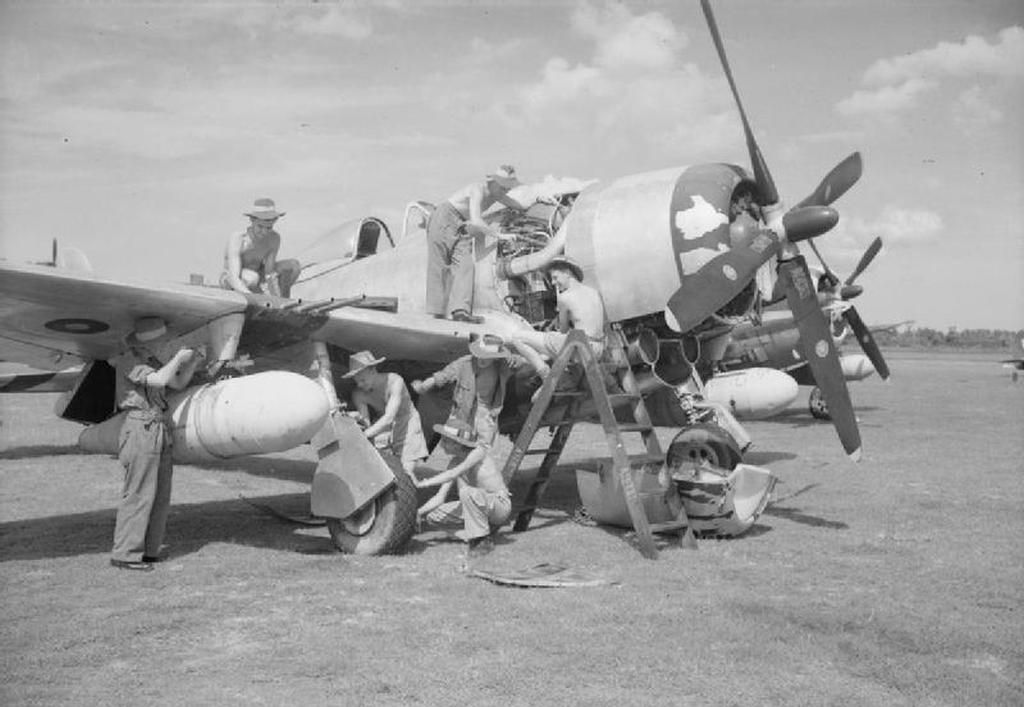
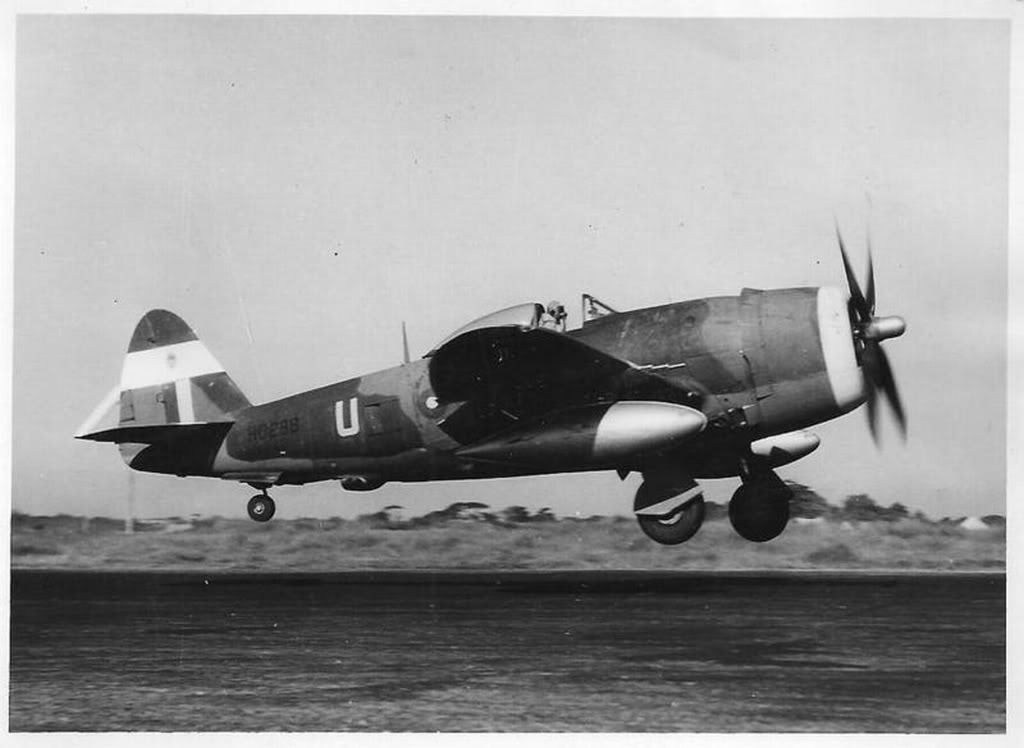
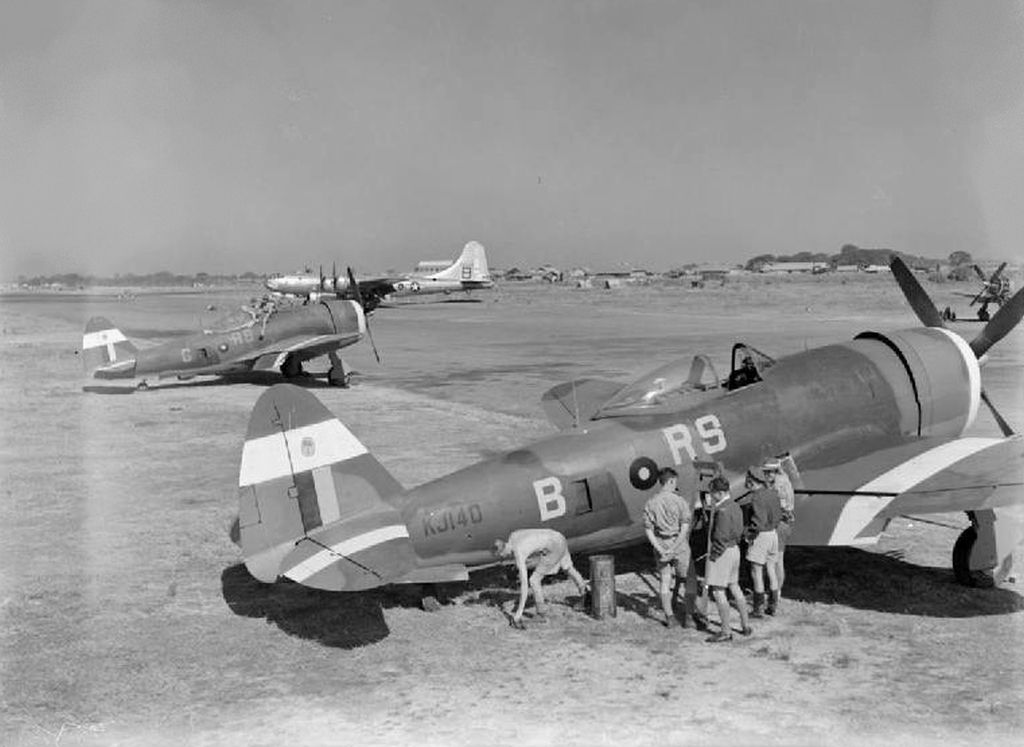
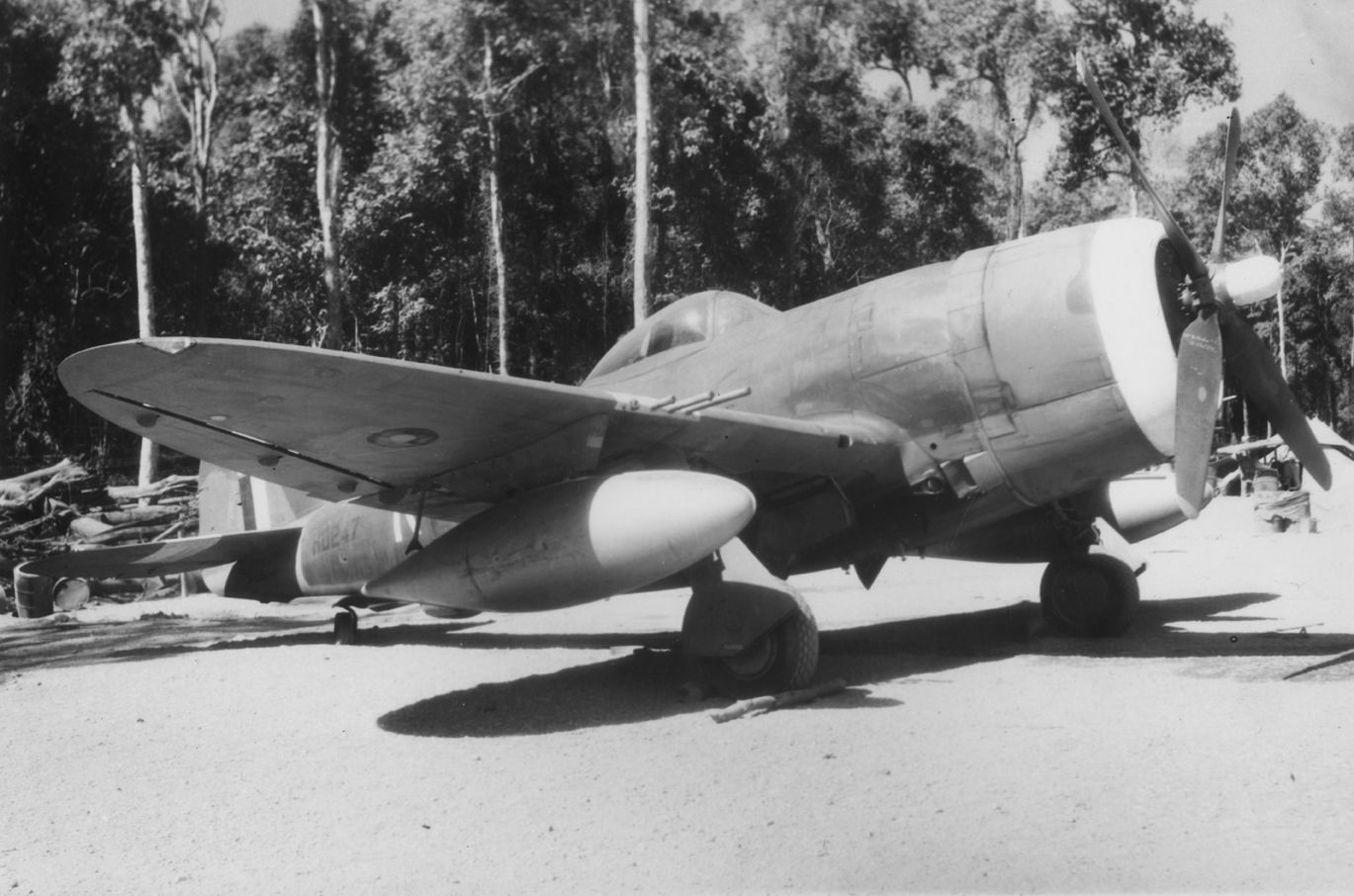
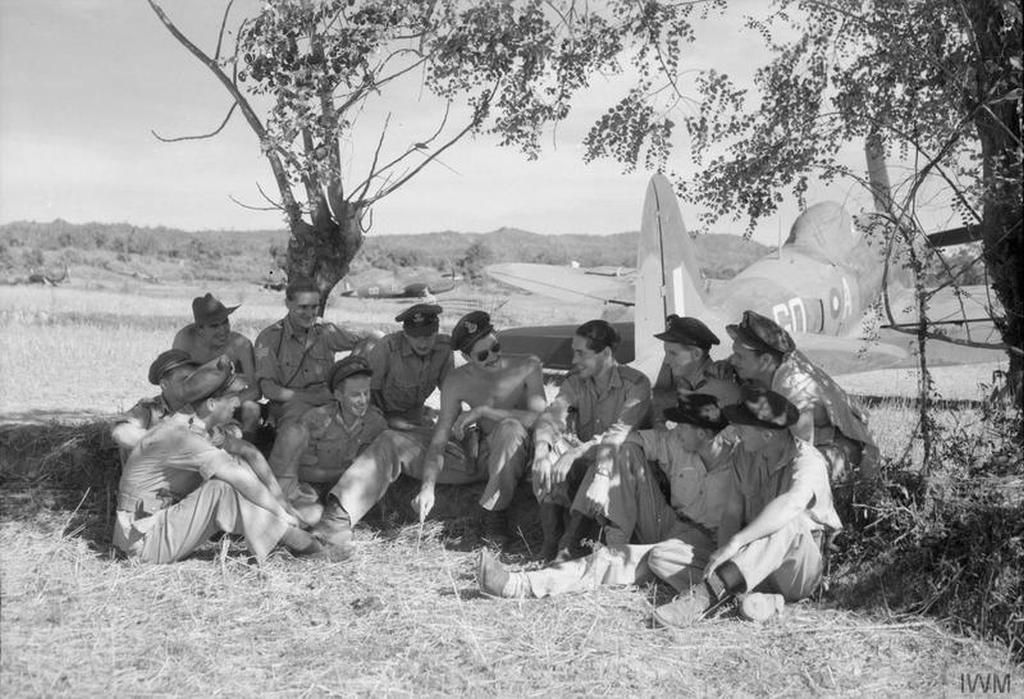

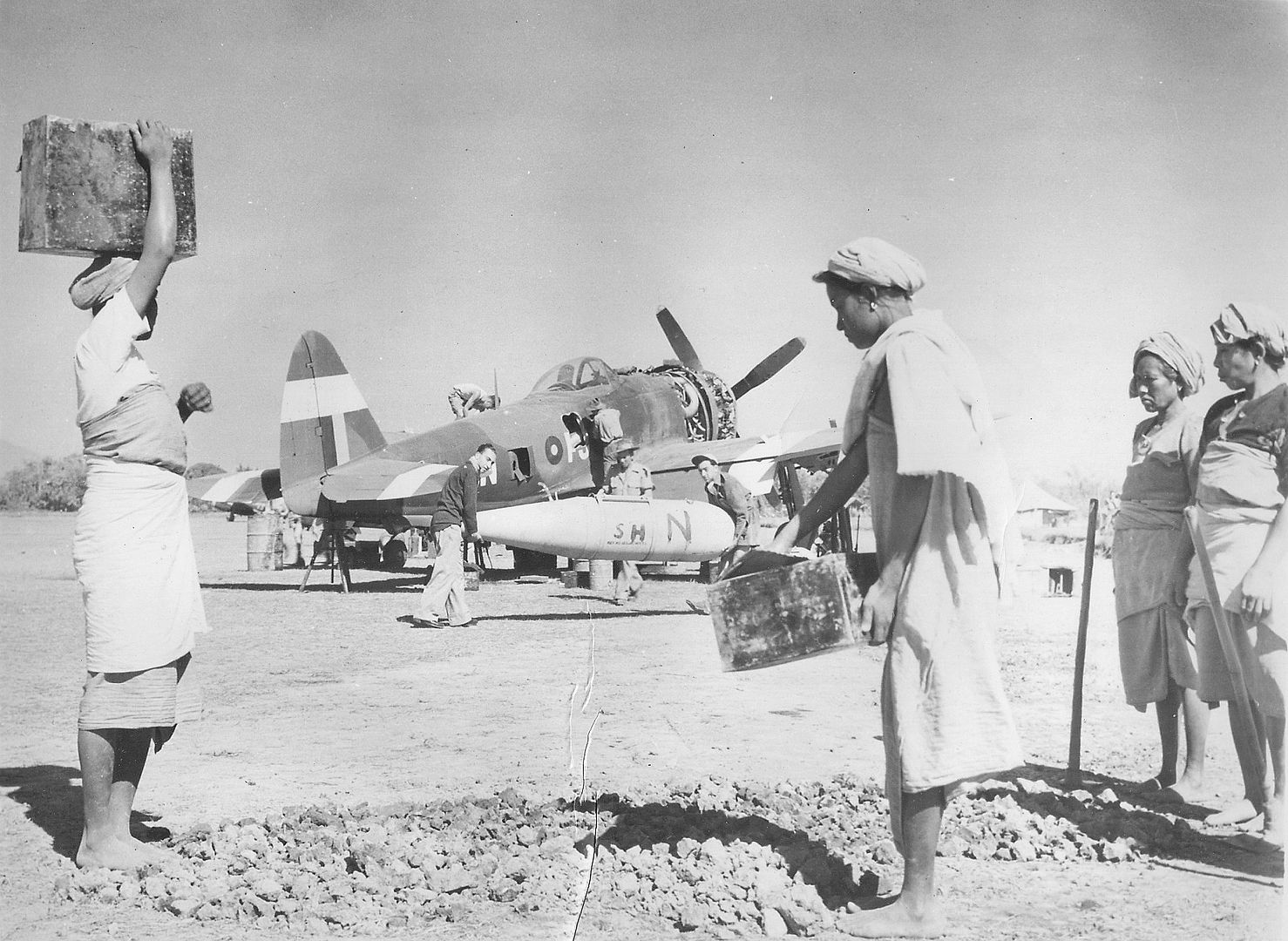

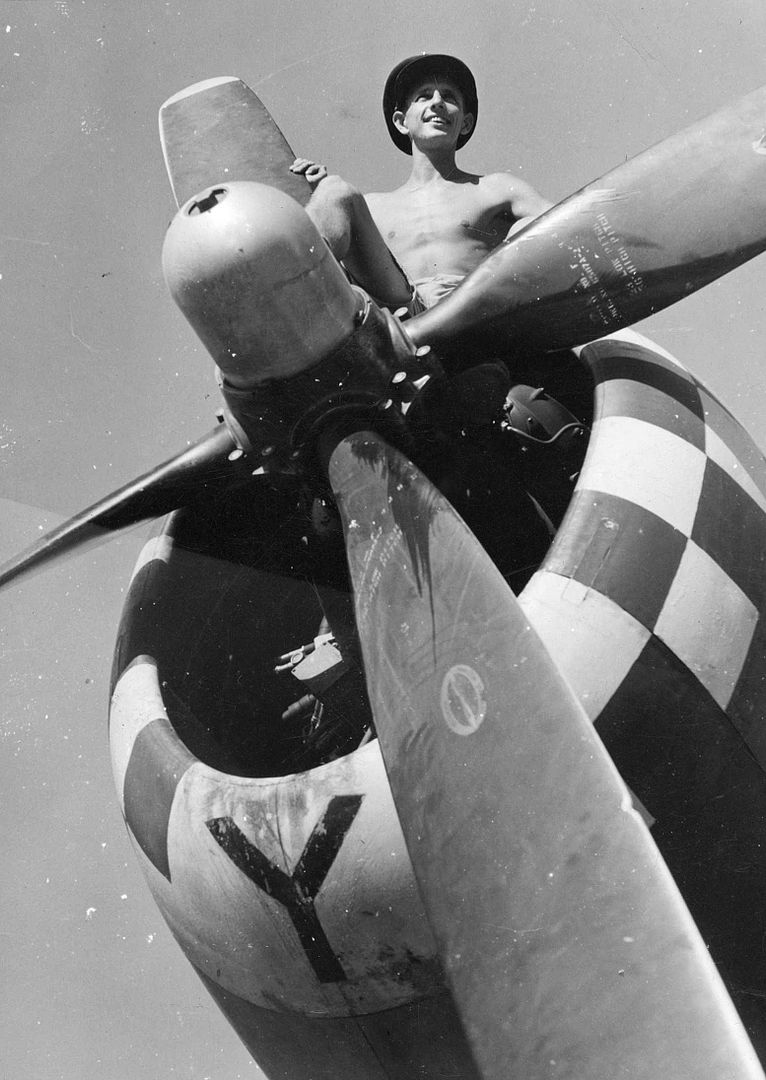









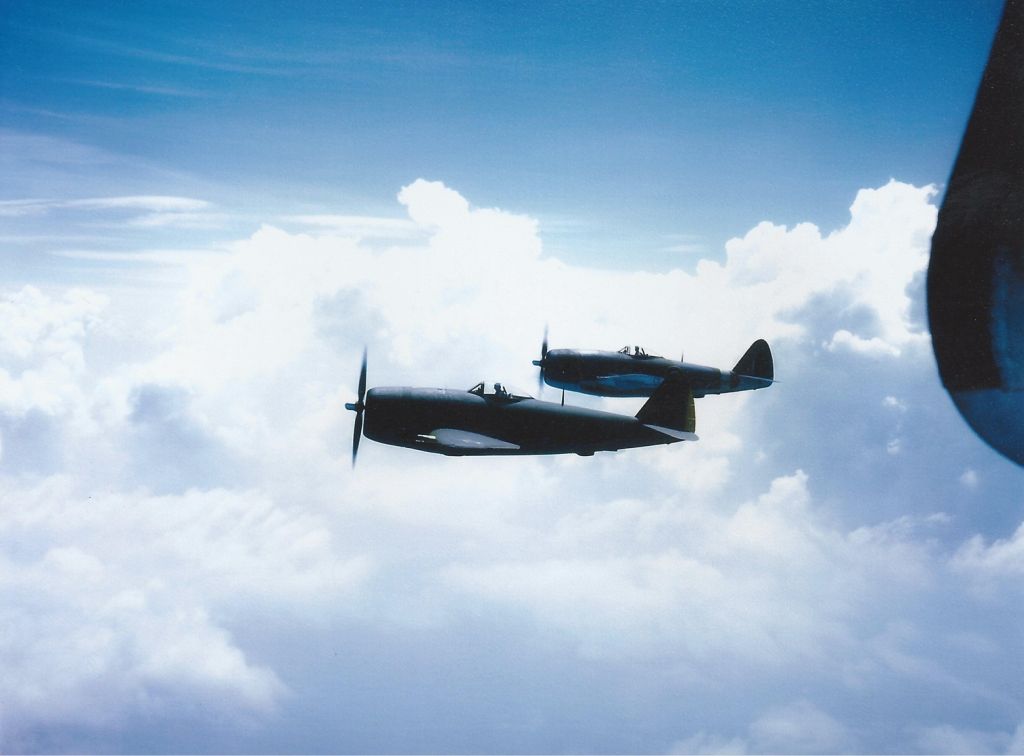
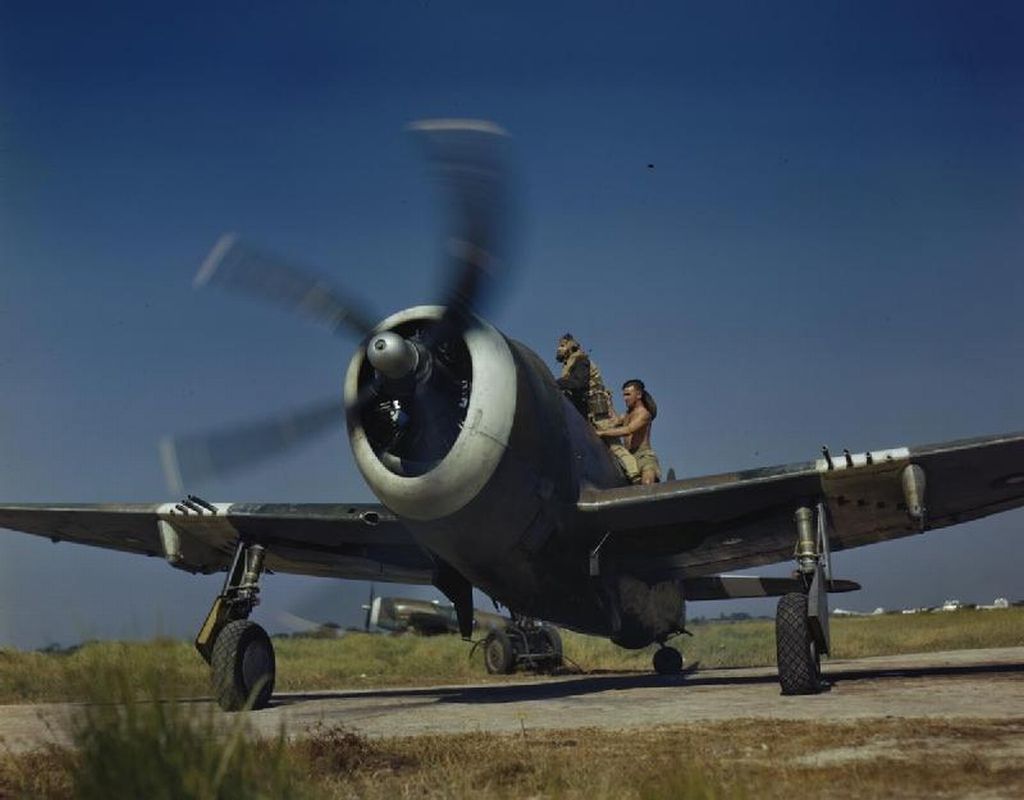
Post a reply
- Go to Previous topic
- Go to Next topic
- Go to Welcome
- Go to Introduce Yourself
- Go to General Discussion
- Go to Screenshots, Images and Videos
- Go to Off topic
- Go to Works in Progress
- Go to Skinning Tips / Tutorials
- Go to Skin Requests
- Go to IJAAF Library
- Go to Luftwaffe Library
- Go to RAF Library
- Go to USAAF / USN Library
- Go to Misc Library
- Go to The Ops Room
- Go to Made in Germany
- Go to Campaigns and Missions
- Go to Works in Progress
- Go to Juri's Air-Raid Shelter
- Go to Campaigns and Missions
- Go to Works in Progress
- Go to Skinpacks
- Go to External Projects Discussion
- Go to Books & Resources
